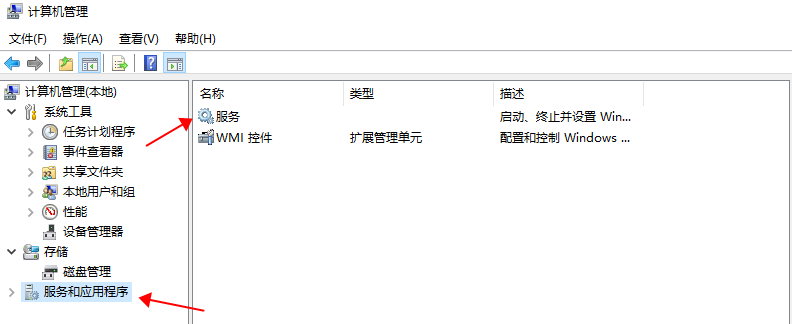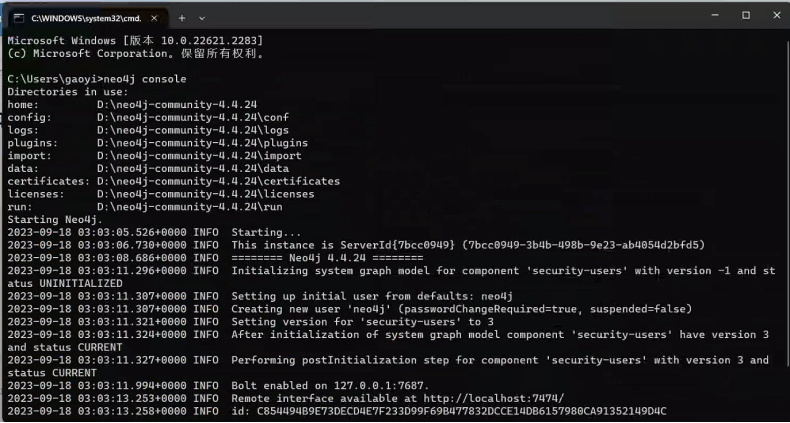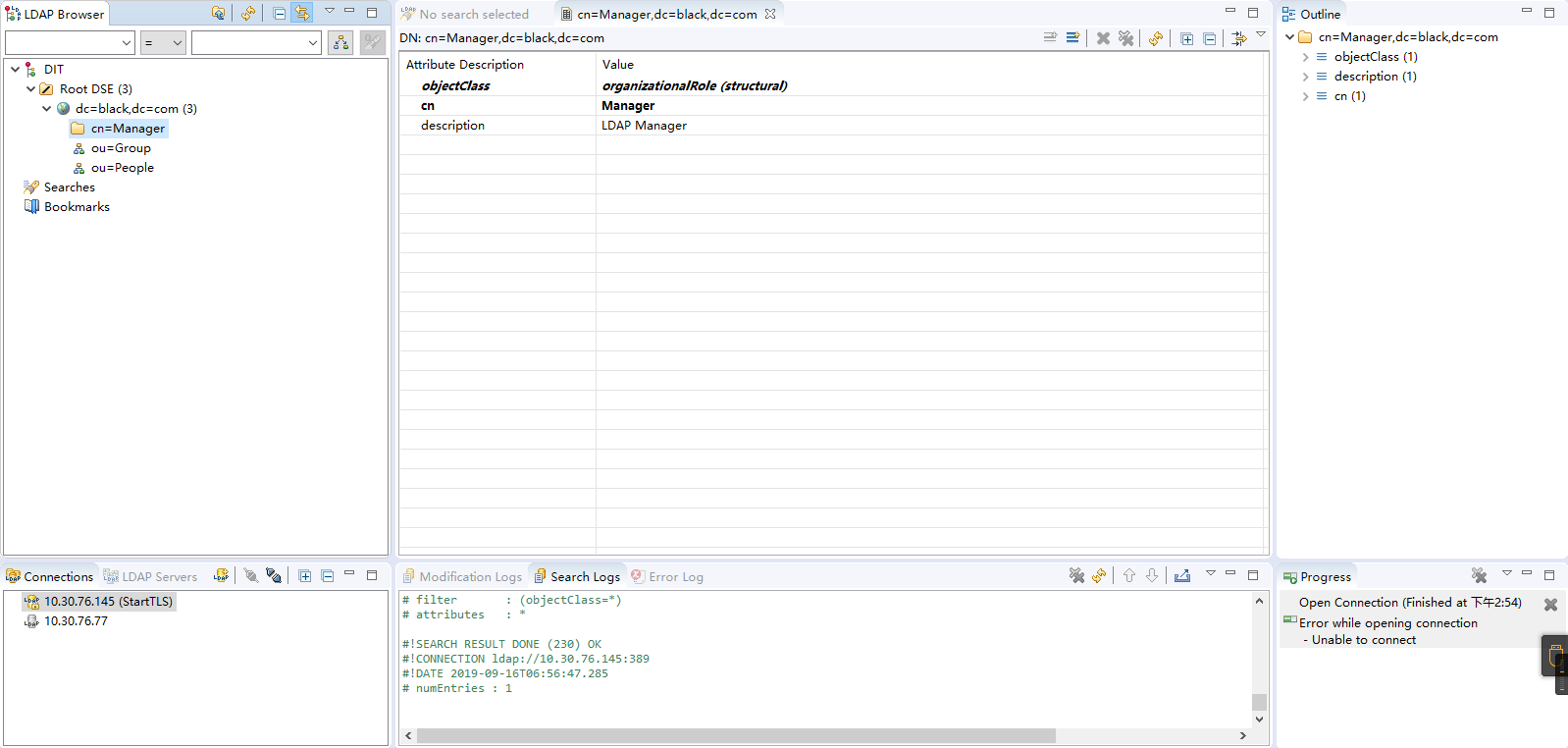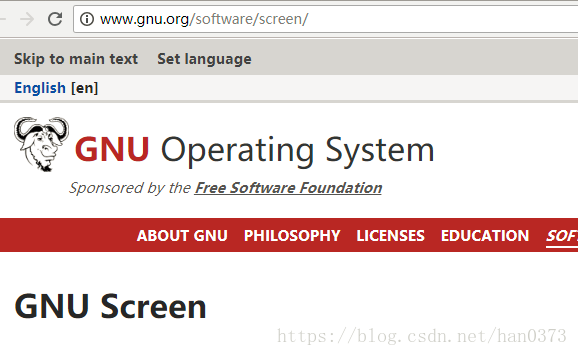Oracle 参数 MAX_IOPS 官方解释,作用,如何配置最优化建议
本站中文解释
MAX_IOPS:每秒输入输出操作的最大个数,用于调整磁盘I/O的负载,根据实际应用程序需求,选择合适的值以达到最佳磁盘I/O性能。
正确设置方法:
1、首先了解当前硬件环境,如应用程序并发度、硬盘服务器能力;
2、根据步骤1中的参考值确定正确的MAX_IOPS参数值,一般根据硬件性能的不同设置不同的值;
3、设置MAX_IOPS参数时,要根据服务器物理性能及应用负载来进行估算,并根据测试迹象进行调优。
以上就是有关Oracle参数MAX_IOPS及其正确设置的详细说明。
官方英文解释
MAX_IOPS enables you to set the maximum number of I/Os that can be issued per second on a per pluggable database (PDB) basis. This parameter is used to throttle PDB I/Os.
| Property | Description |
|---|---|
|
Parameter type |
Integer |
|
Default value |
0 |
|
Modifiable |
|
|
Modifiable in a PDB |
Yes |
|
Range of values |
|
|
Basic |
No |
|
Oracle RAC |
Different values can be set on different instances. |
DBWR I/Os, control file I/Os, password file I/Os and other critical I/Os are exempted from the rate limit set by this parameter, but their I/Os are accounted for while throttling. Because of these exemptions, the PDB’s actual I/O rate may sometimes exceed the limit.
This feature is enabled for multitenant container database (CDB) only. The feature is not supported on Oracle Exadata.
This parameter can be set from inside a PDB. If the parameter is set in CDB$ROOT, all the PDBs in that CDB will inherit the parameter value from CDB$ROOT. This parameter cannot be set in a non-CDB environment.
The default value of 0 means that no limits are set on the maximum number of I/Os that can be issued per second in a PDB.
If Oracle processes need to wait because of this IO rate limit, the wait event is resmgr: I/O rate limit.
See Also:
-
“MAX_MBPS”
-
“resmgr: I/O rate limit”
Examples
This example shows how to use SQL statements to set a maximum of 3000 I/Os per second on a PDB named CDB1_PDB1:
alter session set container = cdb1_pdb1; alter system set max_iops = 3000;






